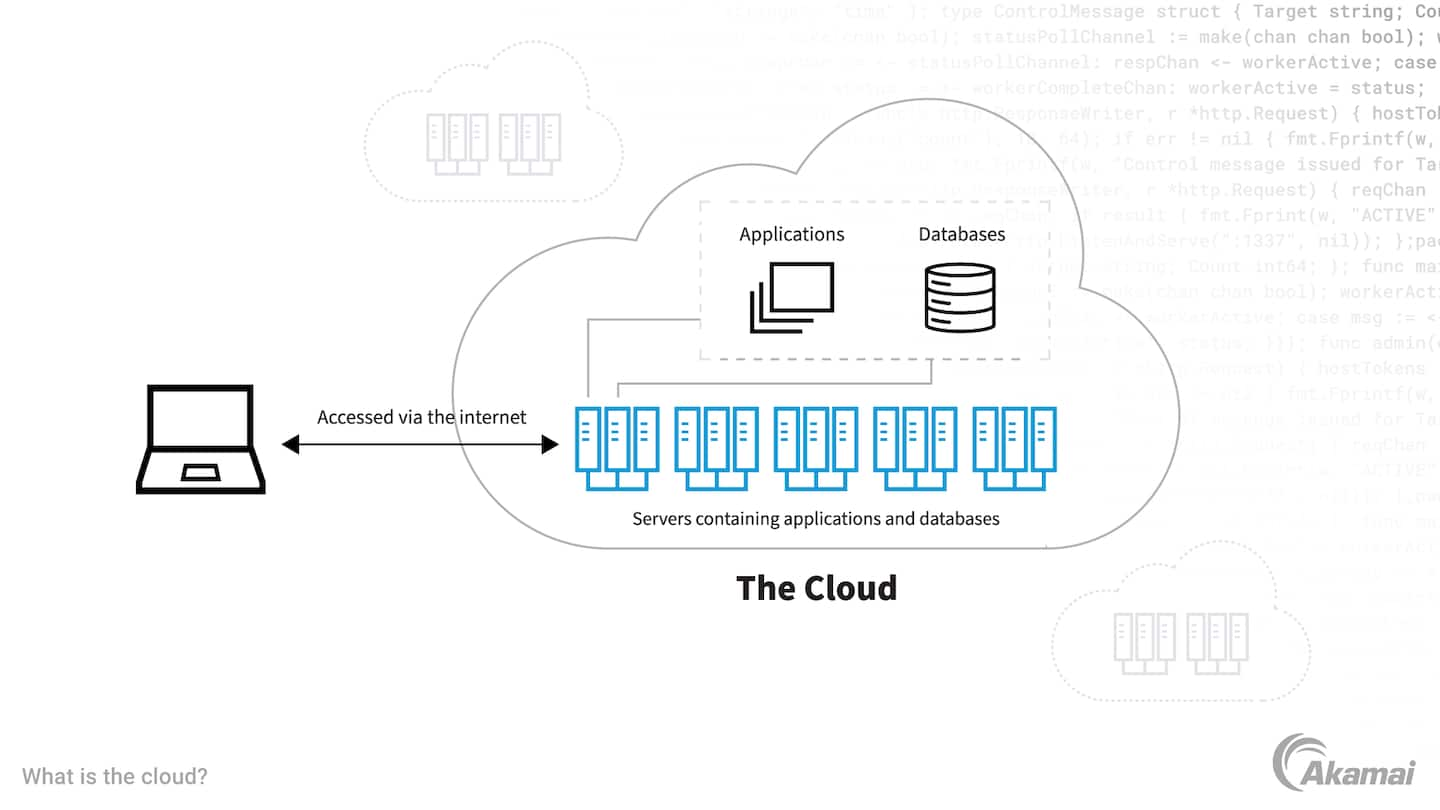Attain More with LinkDaddy Cloud Services: Enhancing Your Cloud Services Press Release Technique
Attain More with LinkDaddy Cloud Services: Enhancing Your Cloud Services Press Release Technique
Blog Article
Simplify Your Framework With Cloud Services
As organizations browse the ever-evolving landscape of modern technology and data monitoring, the duty of cloud services in simplifying infrastructure has become significantly popular. How can companies effectively browse this change and absolutely open the possibility of cloud services for simplifying their framework?
Advantages of Cloud Solutions
Cloud solutions provide a structured approach to managing IT framework, offering services with scalability, flexibility, and cost-efficiency. Among the key benefits of cloud solutions is the scalability they supply. Businesses can easily scale their resources up or down based on demand, guaranteeing they just pay for what they make use of. This versatility is specifically useful for companies with varying requirements or those experiencing development.
Additionally, cloud services eliminate the requirement for organizations to purchase pricey equipment and software program. This cost-efficiency is a significant benefit, particularly for tiny to medium-sized ventures seeking to reduce ahead of time expenses. By utilizing cloud solutions, services can access premium IT resources without the substantial cost related to standard facilities arrangements.
Furthermore, cloud solutions supply services with the adaptability to access their information and applications from anywhere with a net connection. This level of access enhances cooperation amongst groups, makes it possible for remote work, and boosts total productivity. The adaptability provided by cloud services encourages services to adjust swiftly to altering market conditions and customer needs.
Expense Cost Savings and Scalability
Along with the operational advantages highlighted earlier, the assimilation of cloud services right into a business's infrastructure yields significant cost financial savings and boosted scalability. Cloud services use a pay-as-you-go version, enabling companies to scale sources up or down based on present requirements, consequently avoiding the prices related to maintaining excess ability. This flexibility makes it possible for firms to adapt quickly to fluctuating needs without incurring unneeded expenses.
In addition, cloud solutions eliminate the need for upfront investments in software and hardware, reducing capital investment. General expenses are also decreased as business no much longer need to handle and keep physical servers, bring about lower energy consumption and IT staffing expenses. In addition, cloud services provide automated updates and maintenance, ensuring that the facilities remains secure and up-to-date without calling for manual interventions.
Improved Protection Actions
When integrating cloud services into a firm's infrastructure to make sure and secure delicate information conformity with market regulations,Implementing stringent safety procedures is paramount. Cloud service carriers supply improved security features such as data encryption, firewall protection, and multi-factor authentication to minimize cybersecurity threats. File encryption helps shield information both at remainder and en route, making sure that only licensed customers can access sensitive information. Firewalls work as a barrier between outside hazards and interior networks, monitoring and managing outbound and incoming network traffic. Multi-factor verification includes an additional layer of safety by needing customers to provide multiple forms of verification before accessing the cloud solutions.
In addition, regular protection audits and conformity assessments help make certain and determine vulnerabilities adherence to sector standards. Companies can likewise profit from attributes like automatic security updates and real-time risk tracking provided by cloud service providers. By focusing on safety steps and staying positive in dealing with prospective risks, companies can confidently take advantage of cloud services while shielding their useful data from unapproved accessibility or breaches.
Transitioning to Cloud Facilities
To efficiently integrate cloud services right into a firm's facilities, an organized approach that attends to the shift in the direction of cloud-based services is necessary. Transitioning to cloud framework entails careful preparation and implementation to guarantee a smooth migration procedure - Cloud Services.
As soon as the assessment is complete, a movement strategy see this here should be created. This strategy ought to detail the timeline, sources, and responsibilities for moving each element to the cloud. It is essential to communicate this strategy clearly to all stakeholders to make sure positioning and reduce interruptions during the shift.
Throughout the migration process, tracking and testing are essential to identify and deal with any type of concerns promptly. Regular checkpoints must be developed to track progress and make necessary changes. Furthermore, training for workers on utilizing cloud solutions ought to be given to guarantee a successful transition and maximize the advantages of the new facilities.
Finest Practices for Cloud Fostering
Effective adoption of cloud solutions rests on the strategic alignment of business objectives with technical capabilities and original site business readiness. To make certain a smooth shift to the cloud, organizations should begin by carrying out a thorough assessment of their present infrastructure and determining which workloads are best suited for cloud movement. It is crucial to include vital stakeholders from various divisions in the decision-making process to gain buy-in and attend to any kind of problems early.
Another finest technique for cloud fostering is to focus on safety and security and compliance. Organizations must very carefully evaluate the safety procedures supplied by cloud company and guarantee that their information is protected according to sector criteria and governing needs. Applying robust data encryption, access controls, and routine protection audits can aid reduce threats connected with cloud fostering.

Verdict

As services navigate the ever-evolving landscape of innovation and information administration, the duty of cloud solutions in streamlining infrastructure has actually ended up being progressively popular - Cloud Services. How can organizations successfully browse this shift and absolutely open the capacity of cloud solutions for simplifying their facilities?
Cloud services supply a streamlined approach to handling IT framework, supplying businesses with scalability, cost-efficiency, and versatility. By utilizing cloud services, companies can access high-grade IT resources without the significant price tag linked with traditional infrastructure arrangements.
To ensure a smooth change to the cloud, companies need to start by carrying out a comprehensive analysis of their current framework and recognizing which workloads are best matched for cloud movement.
Report this page